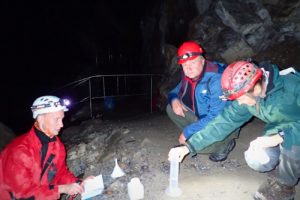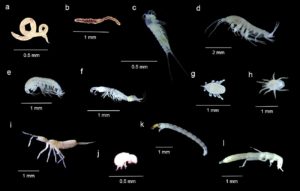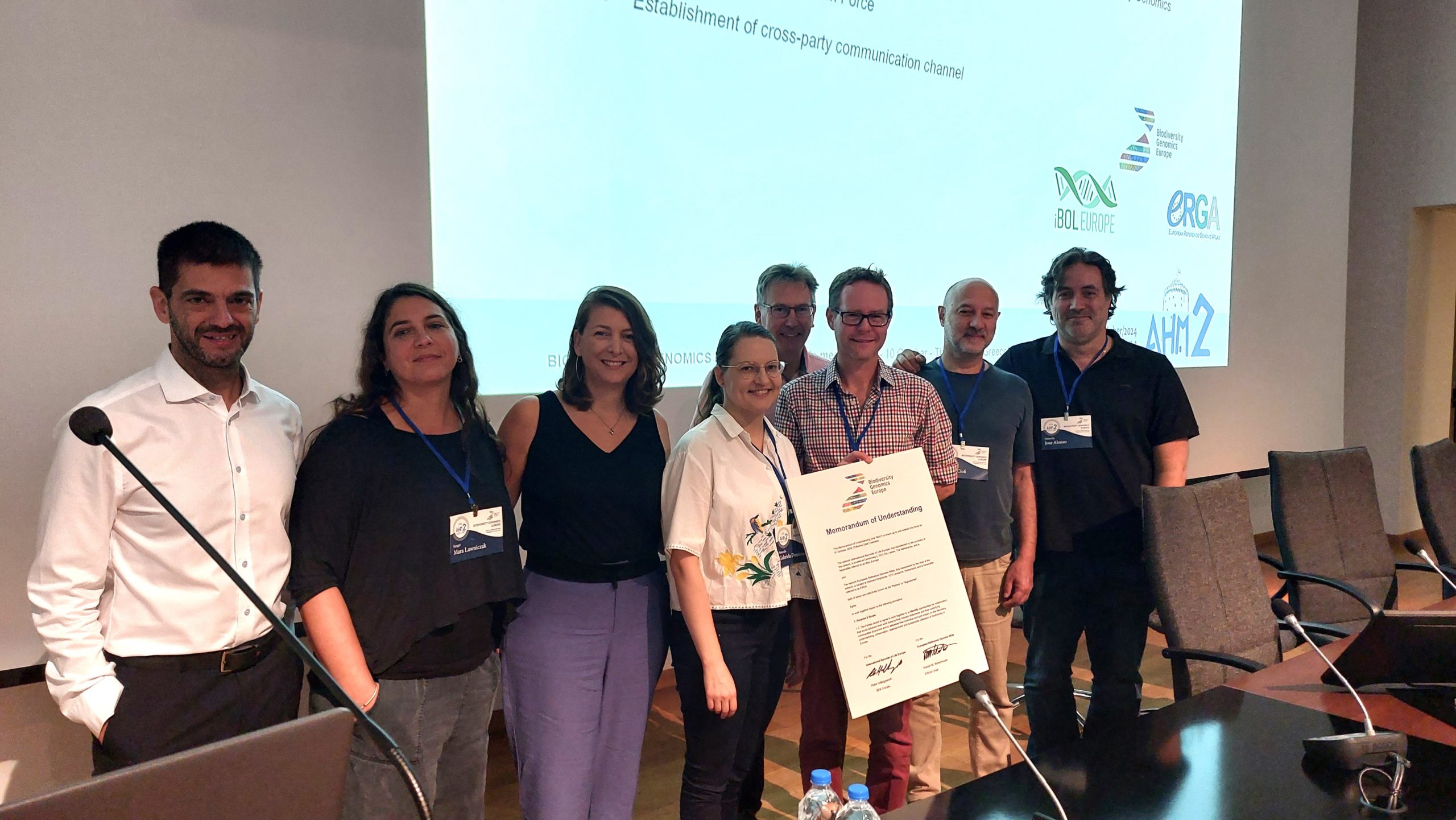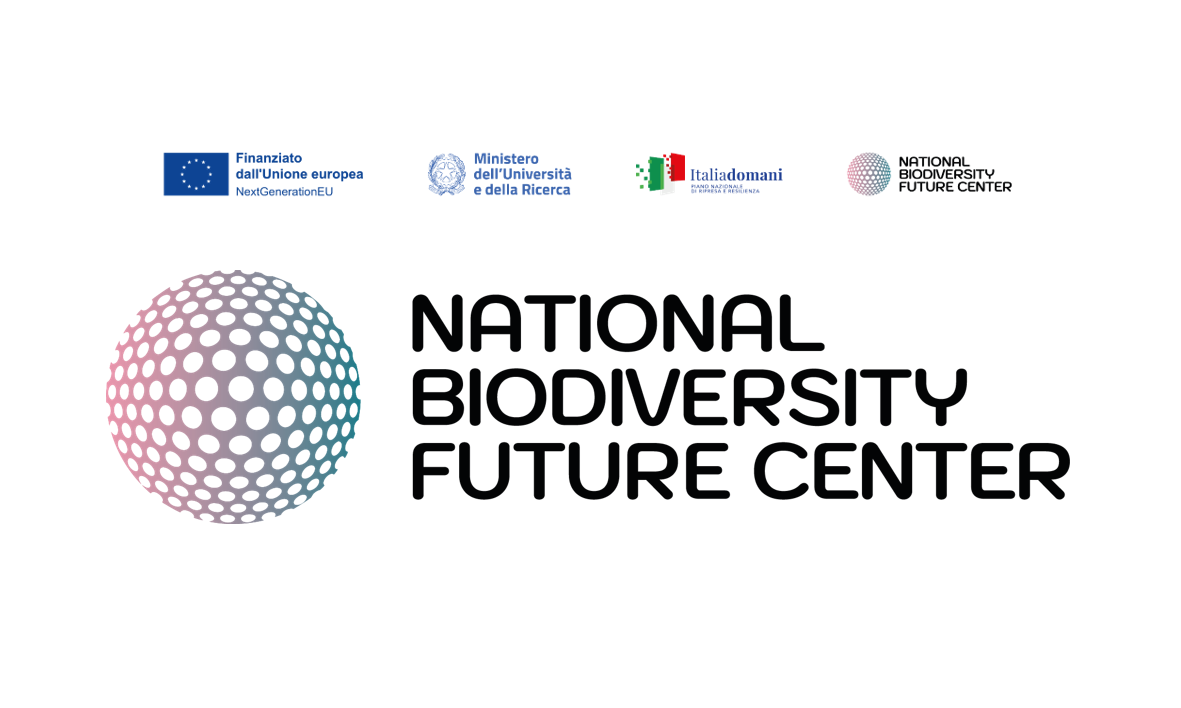Guest blog by Aleksandra Jablonska and Michał Grabowski
The world is inhabited by a huge diversity of invertebrate species, some of which remain particularly understudied. The reasons for this depend, among other things, on species habitats and their accessibility for researchers. Subterranean ecosystems contain some of the least accessible and heavily understudied species. A case in point are those species occupying epikarst – narrow crevices in limestone rock layers that are often filled with water. Using DNA barcoding, a team of Slovak, Polish and Czech researchers studied the diversity of invertebrates in these mysterious habitats within the Carpathian biodiversity hotspot.

Field work in the Demänovská Cave System
A year-long field work campaign was conducted in four caves of the Demänovská Cave System in the Western Carpathians. This cave system, the longest to be discovered in the Carpathian Arch, stretches over 40 kilometres along the Demänovská Valley, on the northern side of the Low Tatra Mountains in Slovakia. Due to the challenge of conducting fieldwork in this underground location, the team included also qualified speleologists from the Slovak Cave Administration. To investigate the epikarst biota, monthly samples were collected by filtering the water seeping from the fissures in the cave ceilings.
A total of 1630 individuals of freshwater, amphibiotic and terrestrial fauna were collected, representing stygobionts, stygophiles and stygoxenes from such taxonomic groups as Nematoda, Annelida and Arthropoda (including Crustacea, Arachnida and Insecta). First, all the specimens were morphologically examined under stereomicroscope and divided into 36 morphospecies, belonging to six invertebrate classes. Then, 924 individuals representing all the morphospecies were identified by DNA barcoding using the standard COI marker. We successfully obtained 784 barcodes for most of the distinguished morphospecies. The highest number of barcodes was generated for Copepoda – 536, and Collembola – 172. The COI barcoding failed in the case of Nematoda.

Examples of the cave fauna collected
The outcome of this study was a first attempt to build a DNA barcode library for the Carpathian, and simultaneously European, epikarst invertebrates. The resulting sequences were deposited in BOLD, where they were ascribed to 60 Barcode Index Numbers (BINs). It suggests presence of cryptic diversity in the collected species, including yet undescribed taxa. As many as 43 of the designed BINs were unique, thus new to BOLD. The majority of unique BINs contained subterranean species. This study greatly contributed to widening our knowledge of the biodiversity and biogeography of understudied subterranean habitats.
The results of the study of Carpathian epikarst were published in Ecohydrology & Hydrobiology, DOI: 10.1016/j.ecohyd.2023.07.005




